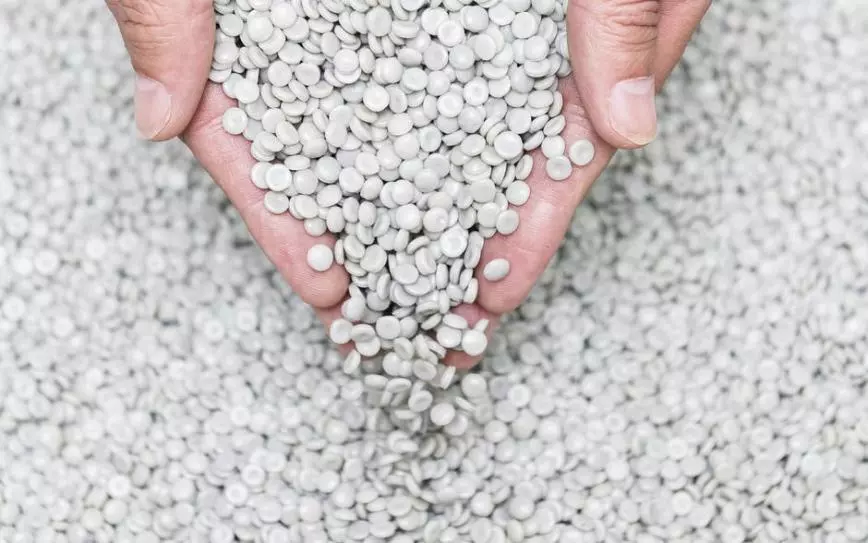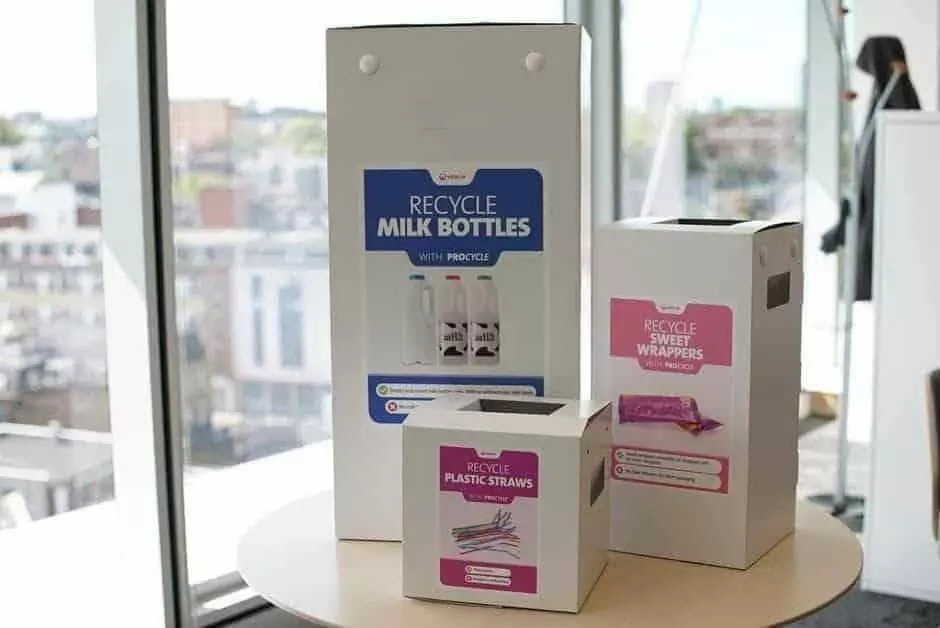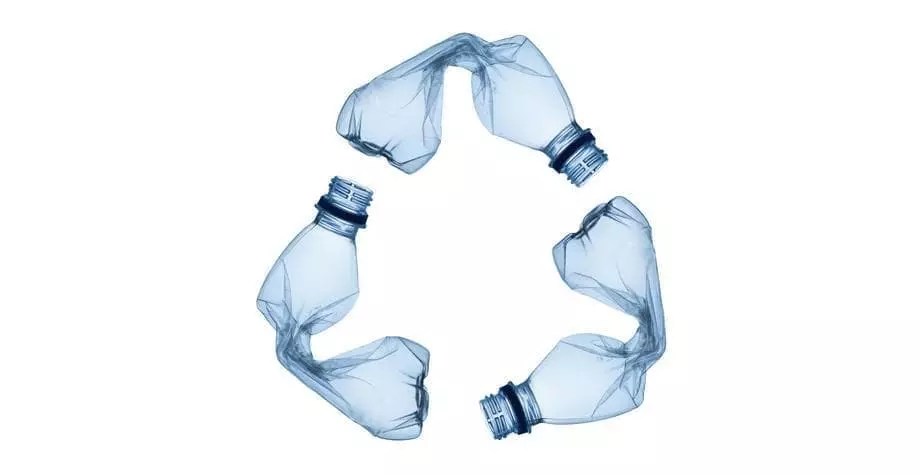How segregation can help process difficult to recycle waste streams into new products and materials.
Approximately 4.5 billion plastic straws from the fast-food sector alone and 300,000 tonnes of textiles went to landfill in the UK last year. Major consumer concern and frequent media scandals have put pressure on businesses to divert as many waste streams from landfill as possible.
Separating recyclables on site highlights your commitment to sustainability, reduces contamination and increases the volumes of waste that can then be turned into new products and materials.
Effective waste segregation is as simple as ensuring each key waste stream generated by your business has a container that serves as not only a visual signpost as to which waste goes where, but also serves as a reminder to employees and customers of your commitment to the environment.
With an effective route to process those waste streams, items such as plastic, for example, can be separated into different types before being turned into pellets; paper can be shredded and pulped in a paper mill to produce new types of fibre packaging and textiles and clothing can be worn again, or shredded and processed into new products; increasing your recycling rates.
What’s important is that we are constantly innovating and using our expertise to ensure more products can be recycled and recycling rates continue to increase, more here from @kirkman_richard on how via @ITVTonight #recycling #plastics pic.twitter.com/O33pj9vkBJ
— Veolia UK (@VeoliaUK) October 24, 2019
"4.5 billion plastic straws from the fast-food sector alone and 300,000 tonnes of textiles went to landfill in the UK last year."
--- RELATED ARTICLES ---





